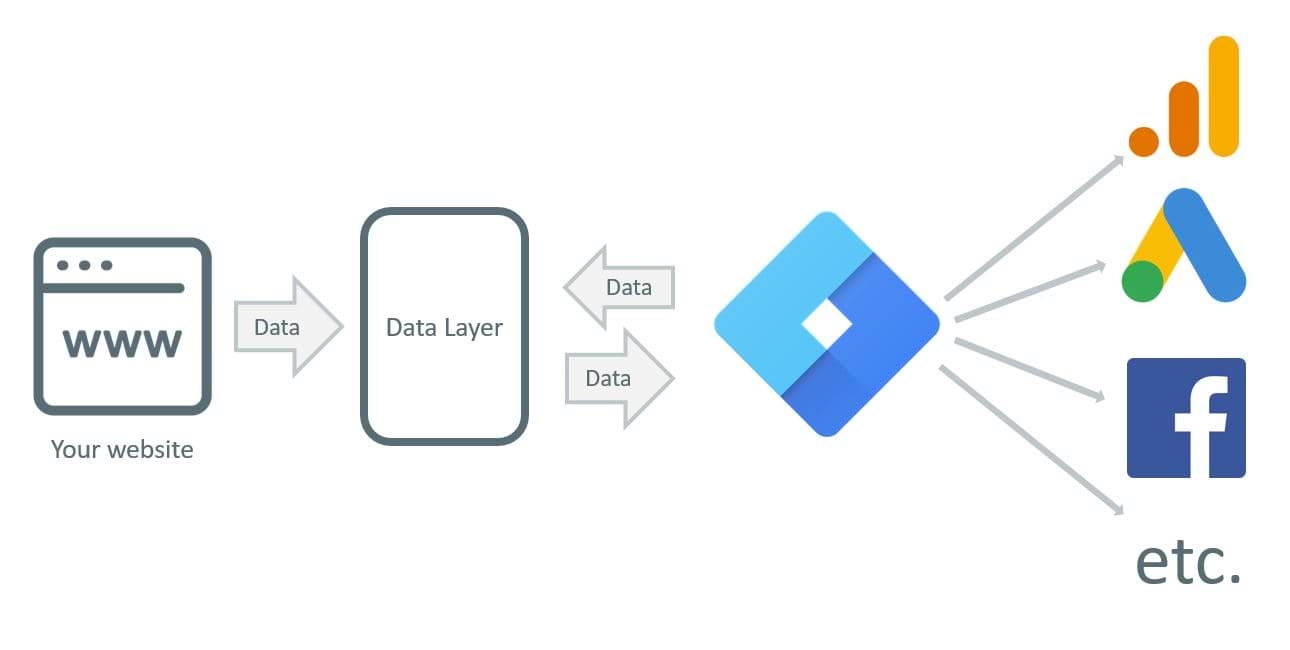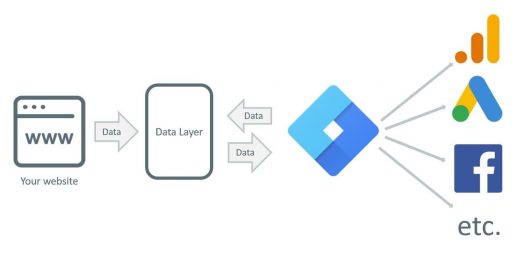What is call analytics and how does it deliver key insights to marketers?
These platforms bridge the gap between online and offline channels, leading to more efficient marketing resource allocation and improved sales staff effectiveness.

Call analytics software manages the inbound phone channel (including both landlines and mobile phones), handling tasks from assigning call tracking numbers to measuring, monitoring, analyzing and reporting the resulting caller data and campaign results. These platforms provide call tracking, recording, routing and attribution tools to enable these functions.
Even before the coronavirus pandemic disrupted American lives and businesses, the telephone – particularly the smartphone – had become an integral part of the consumer purchase journey. More than 170 billion inbound mobile calls to U.S. businesses were forecast in 2020, according to BIA Advisory Services.
When faced with the worst public health crisis in more than a century, U.S. consumers used the telephone more than ever before. During the first half of 2020, Google My Business recorded a 61% jump in consumer calls, from inquiries about open hours to arrangements for curbside pickups. For the 12 months ending June 2020, call volume increased 35% and continues to track 27% higher than pre-pandemic levels.
As a result, inbound phone calls have become fundamental to many digital marketing strategies, and the conversations that occur provide valuable insights into caller wants and needs. Marketers that are able to mine phone conversations for keywords spoken, caller intent and conversions can make important connections between phone calls and the digital campaigns that drive them.
Capabilities of call analytics platforms
Most platforms offer a core set of capabilities focused on call tracking, recording, scoring, routing and fraud prevention. Dynamic number insertion (DNI) is used to enable marketers to assign unique phone numbers to different digital marketing campaigns in order to track the source of an inbound call. When a consumer clicks through to a site from an online ad, DNI technology displays the phone number that’s unique to the specific search engine, webpage, keyword or another source. Vendors offer DNI by call source, online session or URL. The ubiquity of mobile calls to businesses has led to increased demand for local numbers or extensions that are dynamically generated based upon the consumer’s location, without jeopardizing the accuracy of name-address-phone (NAP) information for SEO purposes.
Call fraud prevention is another important feature, as automated dialers, fax machines and even computer programmers can hack into carrier networks to fraudulently inflate call volumes and revenue for pay-per-call services. In response, vendors have developed proprietary call fraud detection and prevention tools that identify, monitor and block suspicious call patterns and routes.
Vendors begin to differentiate their platforms by offering more advanced capabilities, often requiring additional investment, which include – but are not limited to – the following.
Multichannel attribution
Most call analytics platforms offer some level of call tracking that enables users to attribute the source of a call back to a specific ad, keyword or webpage. By tracking inbound calls from their sources, call analytics platforms provide an important link between online and offline channels, and allow marketers to more accurately measure the ROI of their multichannel marketing campaigns. Some vendors are offering more sophisticated attribution tools that can identify call sources beyond search – including native social ads and display ads that don’t include a click-to-call button. The goal is to more effectively allocate spending across marketing channels, and establish a more accurate link between digital campaigns and offline conversions.
AI-driven speech analytics
Call analytics technology has evolved from providing basic analytics to providing “conversation intelligence” based on AI-driven algorithms that extract and predict caller intent, and measure caller tone, sentiment and emotion. AI is increasingly being applied to analyze and “spot” keywords, phrases and speech patterns for positive or negative signals of conversion intent.
These signals can also include the length of time a caller speaks versus how long the sales rep speaks. Many call analytics platforms use a variety of natural language processing (NLP) and machine-learning algorithms to automatically assess calls and score leads. The results can be used immediately to help sales reps on the call by using whisper messages heard through the rep’s headset to influence call outcomes. The data can also be used post-call to feed CRM systems and trigger nurturing campaigns.
Intelligent call scoring/routing
Machine learning-based or “intelligent” lead scoring and routing systems are now being used to optimally route a call to the rep or location most qualified to close a sale or other conversion action (i.e., make an appointment). These types of scoring and routing tools automatically qualify and distribute calls to the appropriate sales reps or departments based on variables such as caller source (i.e., website, social media, search ad), geography, demographics (i.e., age, gender, income) or intent. Some of the tools used in intelligent call scoring and routing include interactive voice response (IVR), which prequalifies callers before they are routed to a rep through a short series of automated questions, and whisper messages that alert reps to relevant caller data before they pick up the call. Calls can be tracked through the system to follow conversions and other qualifying events.
Native social analytics integration
Call analytics platform vendors are leveraging the growth in native social advertising and click-to-call to more seamlessly integrate social media and call analytics. Most vendors offer Facebook and Instagram call tracking to attribute calls back to social media ads.
Several vendors also use Facebook’s offline conversion API to integrate their call data directly into Facebook ad campaigns through the Facebook Ads Manager.
Sales rep coaching/evaluation
Several call analytics platforms are rooted in sales coaching and evaluation, and use call recording tools to maximize efficiency in the call center and among sales staffs. Today, the platforms provide machine learning-based call handling analytics tools that assess location and/or rep performance, and provide scoring/grading systems, script optimization and real-time alerts that flag lost opportunities.
Data privacy compliance
Call data privacy continues to be a priority, particularly for businesses in the healthcare and financial services markets, which must comply with HIPAA and HITECH regulations. U.S.-based marketers with European prospects or customers are subject to the European Union’s GDPR, and, in January 2020, the California Consumer Privacy Act (CCPA) went into effect. By November 2020, California residents approved an update to the law, the California Privacy Rights Act of 2020, which expanded consumer rights and imposed new data requirements on businesses.
Many vendors automatically redact personally identifiable information (PII) and consumer financial information from call recordings and transcripts to conform to the PCI DSS.
Martech ecosystem integration
Integrating call analytics data with martech and ad tech software systems has become essential to creating a unified view of callers, webpage and store visitors, prospects and customers. Call analytics vendors have expanded the number of built-in or native integrations available with SEO, PPC, DSP, CRM and marketing automation systems, as marketers try to create a more seamless customer experience across all touchpoints. In particular, calls play an important role in establishing the link between digital and offline channels. To that end, call analytics platform vendors continue to expand their connectivity with social media, Google and Bing, analytics tools, affiliate marketers and digital agencies. Most vendors also offer APIs to facilitate importing and exporting third-party data from external marketing and advertising systems. Access to these APIs may or may not be included in base pricing.
The benefits of using call analytics platforms
Call tracking and analytics play a vital role in bridging the gap between online and offline channels, leading to more efficient marketing resource allocation and improved sales staff effectiveness. The specific benefits of using an enterprise call analytics platform include – but are not limited to – the following:
- Improved multichannel attribution. By using DNI to track inbound calls to their source, call analytics establish the link between inbound calls and online search, display, social or email campaigns. The data can be fed into attribution models for greater accuracy.
- More unified customer view. Integrating call analytics data with CRM, marketing automation, tag management and other martech or ad tech systems provides the enterprise with a more complete view of each prospect and customer enabling more relevant, personalized marketing.
- Optimized marketing campaigns. Inbound calls can be tracked to their marketing source at the keyword, session, campaign or channel levels, and followed through the conversion funnel to identify the most profitable sources. Campaigns can then be optimized to focus on the messages and sources that attract the highest quality calls.
- Smarter marketing resource allocation. Understanding which ads, keywords and web pages drive the most profitable calls leads to more informed marketing and media spend decisions.
- Increased sales staff productivity. Tools such as IVR and intelligent call routing send high-value leads to the right agents or locations to close sales more efficiently. Call analytics can also reveal inefficiencies that, when improved, can boost key metrics such as lost opportunities.
- Better sales performance. Call analytics platforms record and analyze inbound calls to identify which agents and sales techniques close the most sales. Training can be provided to improve results, where necessary. Whisper messages help agents customize their approaches based on known customer information during calls.
The post What is call analytics and how does it deliver key insights to marketers? appeared first on MarTech.
(42)



